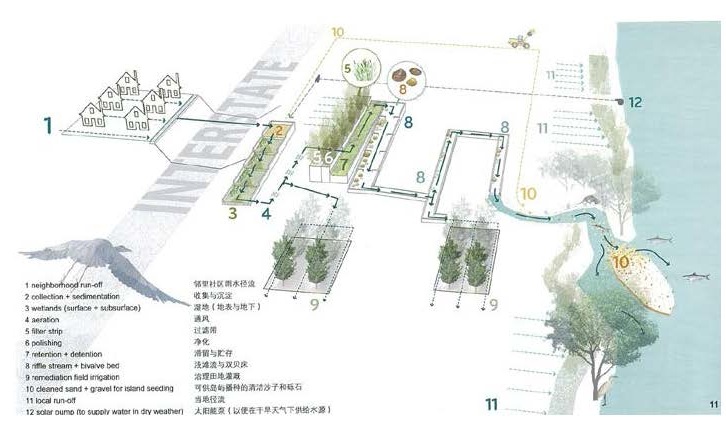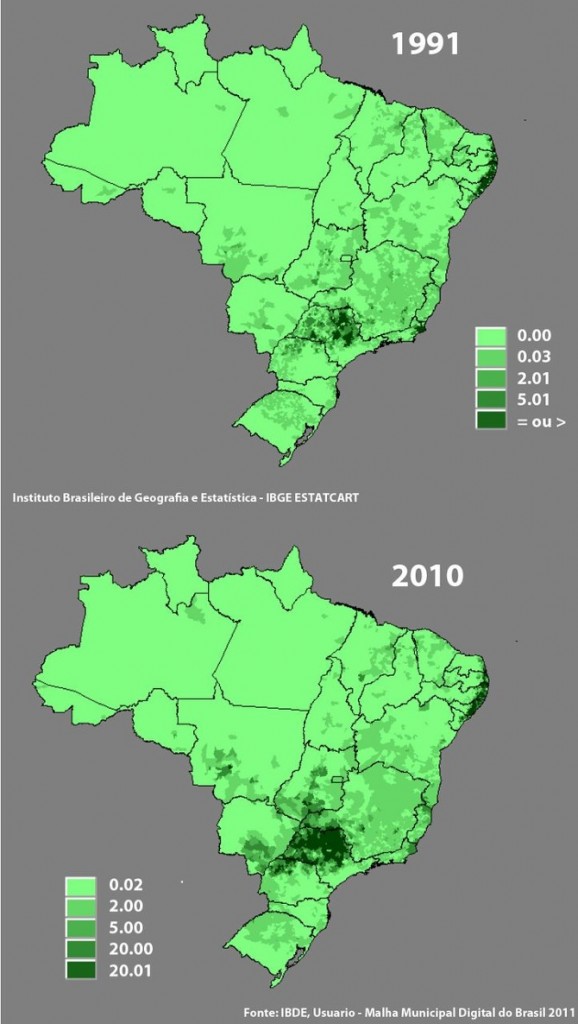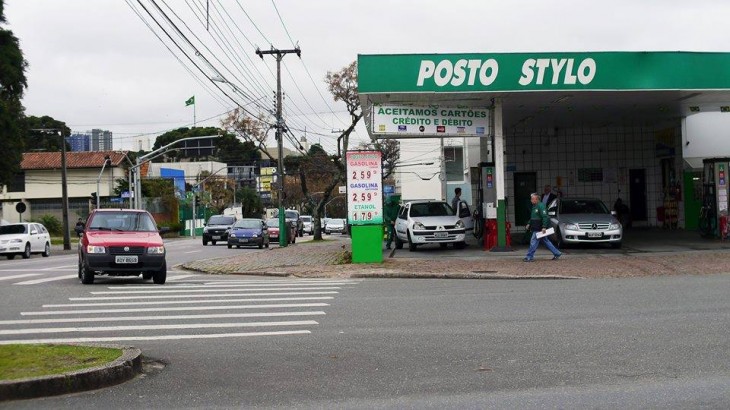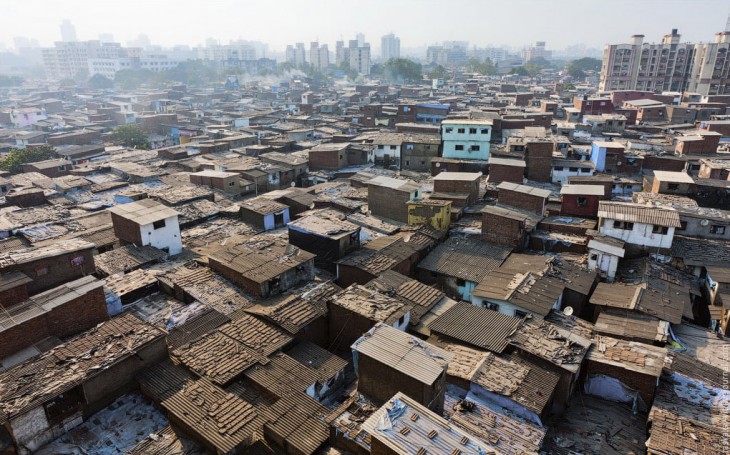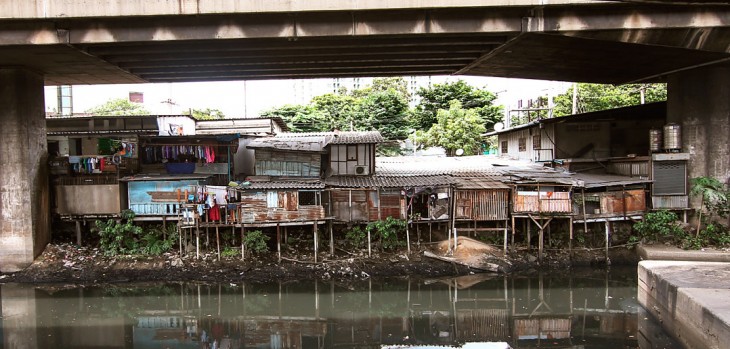Since most of the countries are focusing on develop the mechanical industry over the past century and there are still a lot of inquiry for the food production. The agriculture tends to be the next promising industry in the following decades.
“Eat healthy is a basic human right!”- The Ilan County in Taiwan manifested. By 2014, the government should not only maintain food safety for consumers but also start produce healthy fruits and vegetables from upstream. Attracted by the promotion of low carbon life, more and more city dwellers in Taiwan are now yearn for settled in Babao community in Ilan county. In order to give the children a friendly environment to learn, some parents decided to moved into the community with the kids. Through integration and mutual help, the community give the children an environment to get close to the nature and respect the land to reach the ecological harmony. Among the past three years, this community have been working with the new farming resident to create a organic home. To promote evergreen farm, non-toxic and organic farm providing for school’s lunch; also to carry out the education in agricultural field. The agricultural education also led to a new type of community development from bottom to top.
At the beginning of this year I had a research trip related with eco sustainable issues in Brazil. The availability of land for urban agriculture and food production is scarce, especially in areas of great demographic concentration. Last year, data specialists Mercer found that Sao Paulo was among the cities in the Americas with the highest living costs, and with this only set to rise, it will likely be the poor that suffer most.
This is why the work of organisations like Cidades sem Fome is so valuable. Local community members are given the tools and training to start producing fruit and vegetables on unused land acquired by the organisation. This not only brings much needed quality produce and food security to the community, but it is also addressing the issue of unemployment – a constant problem in Brazil’s favelas.
Despite the fact that the Brazilian ethanol production is one-half of that in the U.S., Brazil has the most consolidated program in the world due to the following reasons:
1) the gasoline contains 25% of ethanol.
2) ethanol is available in all gas stations.
3) 50% of the car fleet is “flex fuel,” 90% of all new cars are “flex fuel” (or dual-fuel, running with any proportion of ethanol and gasoline).
Meanwhile, only 10% of ethanol is added to gasoline in the U.S. In 2010, ethanol was recognized by the U.S. Environmental Protection Agency as an advanced biofuel due to its great ability to mitigate greenhouse gas emission. In spite of good performance which ethanol in the environmental and energetic areas, the sector, which had been growing at a rate of 10% per year between 2000 and 2008, was deeply affected by the 2008 financial crisis. Currently, the growth is about 3% per year, a very low rate to meet the worldwide demand for sugar as well as the ethanol needs for the “flex fuel” cars entering the Brazilian market.
To understand sugarcane industry growth, a study was conducted using Brazilian official databases for the last two decades, and results are shown beyond. In Brazil, the area cultivated with annual crops increased by 2.7% per year during the last decade, reaching 59.1 million ha in 2010. Among the regions, the Midwest presented the highest growth in terms of areas used for annual crops (5.31% per year during the last 10 years), followed by the Southeast region (3.29% per year).
The organic agriculture movement in Brazil is in the opposite direction of producing the ethanol fuel from sugarcane.
Based on indigenous product, organic agriculture and small-scale peasant economy, the whole union including farmers, consumer, small factories and NGO producers could possibly reuse the idle space as an organized markets with their own certification system, to find a different way of food production and marketing by balancing the principle of economic and environmental means.
The agricultural production in Brazil has been separated into two ways of use- edible product and energy product. For example, there are some companies in Brazil now start to develop Biodiesel. APROBIO (Associação dos Produtores de Biodiesel do Brasil) is one of them, the main components are 75% of soya bean and 25% of waste grease. The Bio Diesel Monday is an activity related with green energy, Brazilian government will choose one company for subsidizing the biodiesel. The proportion of biodiesel has rose to 10% in 2014. Because the government also subsidize the normal diesel, the the oil price maintained balanced. The citizen usually choosing the type of diesel depends on the price instead of the sustainability.
Biodiesel can effectively solve the problem of diesel emissions. In terms of cultivation, compared to the biomass ethanol made from sugar cane, biodiesel also produce less pollution and pesticide problems. Furthermore, APROBIO chose to purchase from a small scale farming organization in order to enhance their income, estimated 83,000 families of farmer got helped. Although biodiesel is often suspected as food waste, according to statistics: there are 50% of global soy production end up in the supplement of food every year, the remaining 50% are used in the production of soybean milk and biodiesel where soybean milk production reach over 80% among these. In livestock, the demand for biodiesel per year instead of soybeans also stabilize the meat market indirectly.
Since 2008, Taiwan start to promote biodiesel from B1 (diesel blending with 1% of biodiesel), until this year, only progress to push to B2. At first the Taiwanese government seems really gathering the forces on the promotion of biodiesel. In fact, it is letting small oil refinery extract gutter oil, causing diesel B2 has impure ingredients, many vehicle after refilling fuel have issues related with engine kill. The Ministry of Economic Affairs Bureau of Energy in Taiwan even expects the closure of biodiesel in the future.
There’s no solution on earth will not bring additional problems, in the future, the electricity power should be the main power source for car, but before our car achieve the battery life, biodiesel may be a relatively clean as an alternative energy options.


